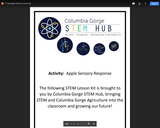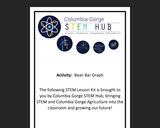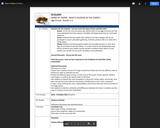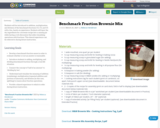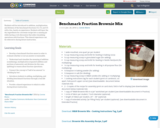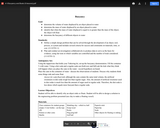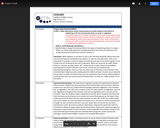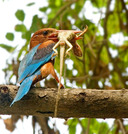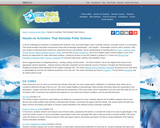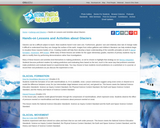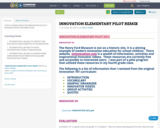This unit consists of five lessons covering buoyancy and engineering boats. Each lesson includes goals, anticipatory set, learner objectives, guided practice, procedure instructions, closing activities, and extensions. Student handouts and worksheets are also included.
Lesson 1: Intro to Buoyancy
Lesson 2: Engineer a Barge
Lesson 3: Intro to Sails & Motion
Lesson 4: Engineer a Sailboat
Lesson 5: Final Vessel
NGSS: 3-5-ETS1-1, 3-5-ETS1-2, 3-5-ETS1-3
Lesson 1 materials: empty 2-liter bottles with tops cut off, pennies or other coins, marble, modeling clay, crap wood, rocks, pingpong ball, golf ball, popsicle stick, paper clip, scale, other object for floating or sinking
Lesson 2 materials: for each student - 12" x 12" piece of aluminum foil, 4 popsicle sticks, 2 straws, 12" masking tape; teacher pre-setup - enough pennies for testing (500 pennies per group), pool filled 2/3 with water
Lesson 3 materials: string/yarn, 1/2 straw for each student, 2 different types of paper (tissue & white copy paper), tape, scissors, fan, wooden skewers, 2 popsicle sticks per student, rulers, protractors, stencils.
Lesson 4 materials: 8 popsicle sticks, 1 wooden skewer, 1 straw, masking tape or duct tape, tissue paper or copy paper
Lesson 5 materials: same as Lesson 2
